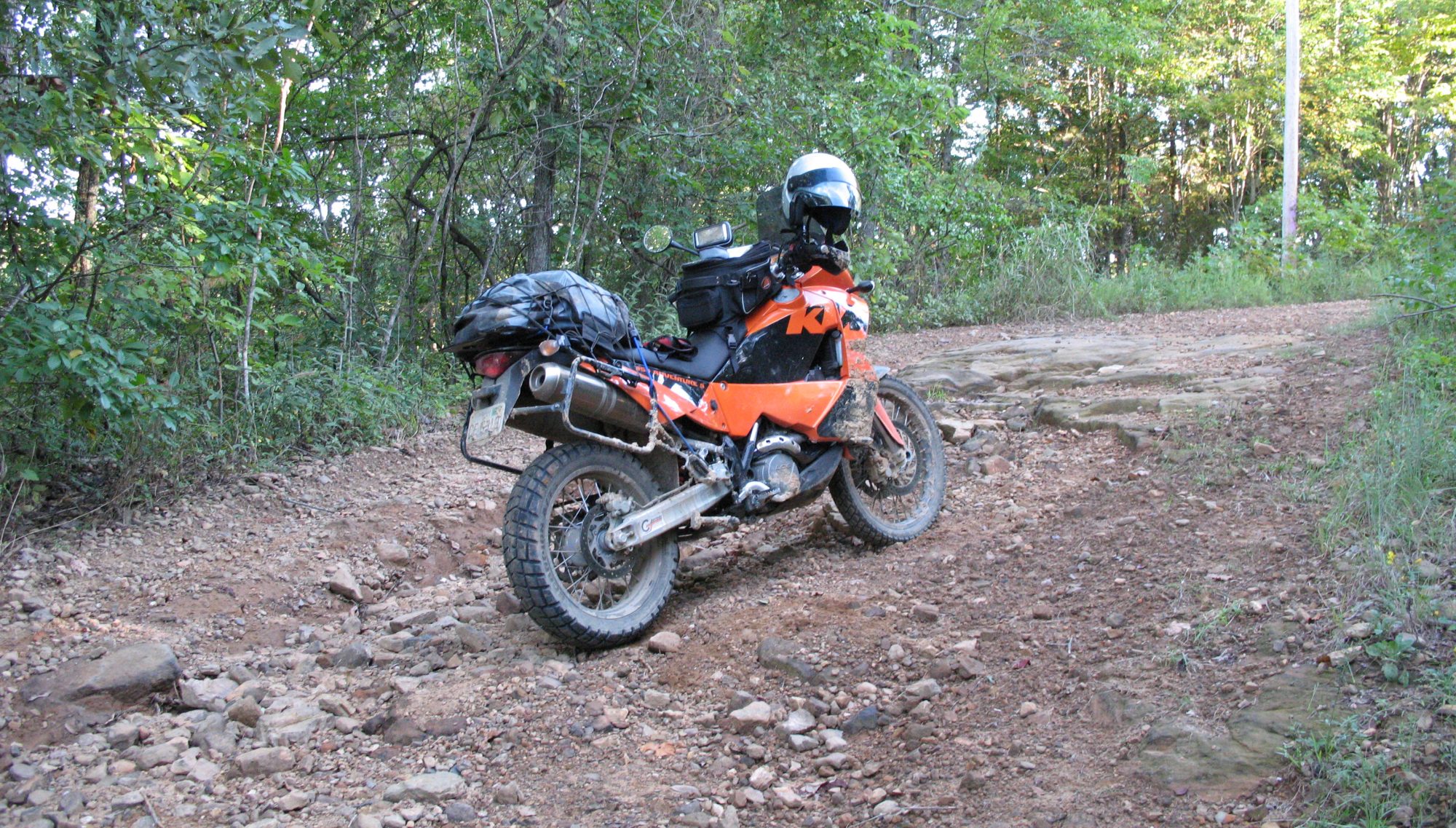The Pinarello build is finished, for now. Wrapping the bars was an interesting exercise. The hoods did not want to roll back out of the way while taping like modern hoods do, and tearing the hoods would be a disaster. NOS Campagnolo brake hoods are hard to find, and even more so in white. They’re basically ubobtainium so care was essential.
I hit upon an easy way to lift the hood out of the way so that the tape could be properly placed underneath it. I used a Park Tool plastic tire lever. I put a little soap on the top (the part that would touch the hood) so that it would slide more easily. I wrap from the bottom up, slid the lever under the edge of the hood, lifted it, and continued on. The same on the top of the lever. The tape is tucked where it should be and the hoods are undamaged.
I use silicone self-fusing tape to hold the free end of the wrap in place. No gooey mess in the summer heat, no sliding around and loosening, just tight and goo-free. I learned to cut a taper in the tape so that the ends aren’t too wide when the tape is stretched while wrapping the end of the bar tape.
I’ll get a couple of photos today if the rain holds off. That’s it until I rebuild the wheels with new rims and spokes. The front rim has an annoying “bump” near the rim seam that you notice while braking. It’s not ideal, but it will be OK until I can get the wheels rebuilt.
Patience is a virtue, but one that I don’t have in abundance. This build took a long time from when I bought the bike, but I think it’s turned out well. And for you patient souls that followed along with this project, photos follow.
